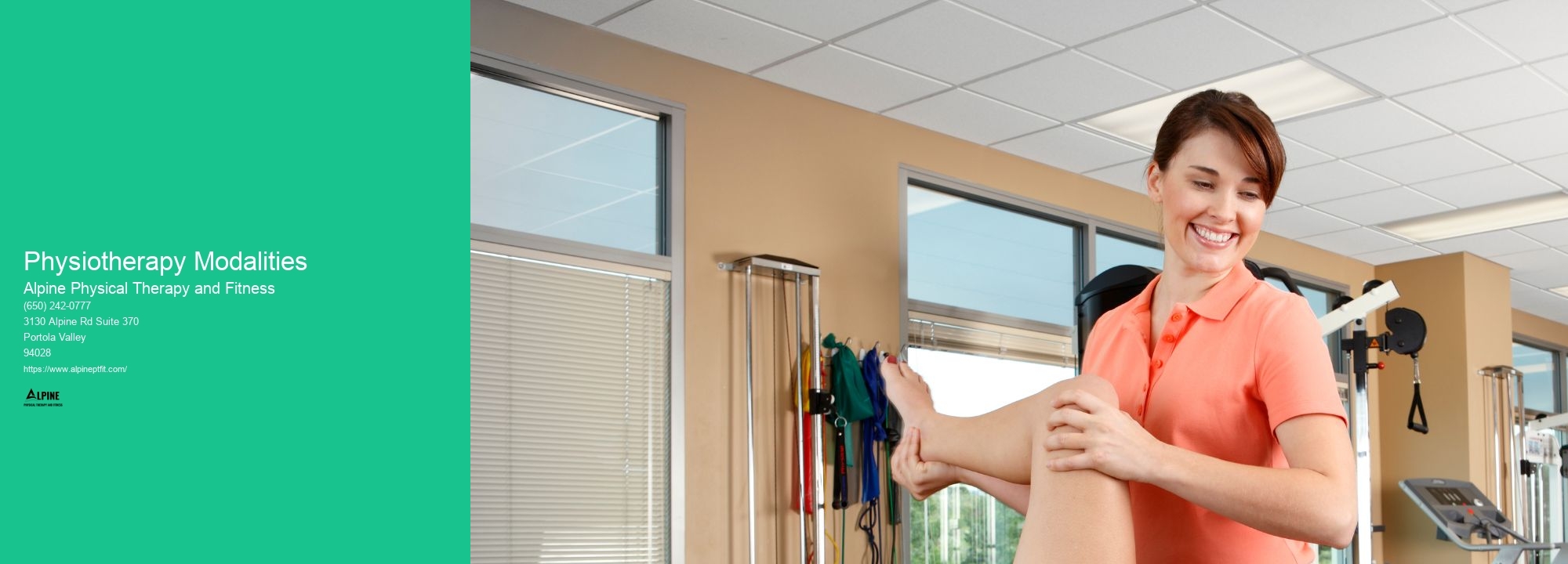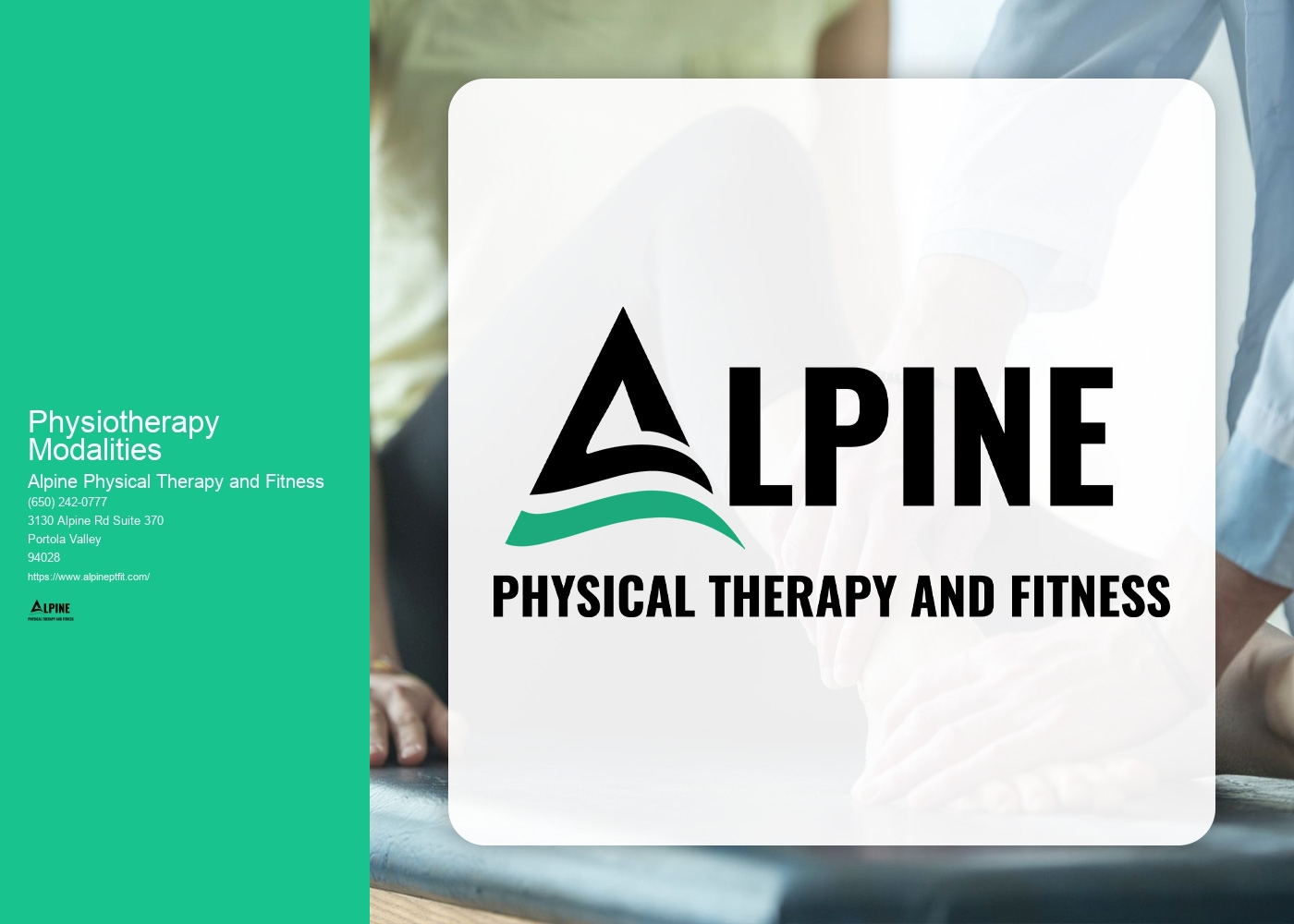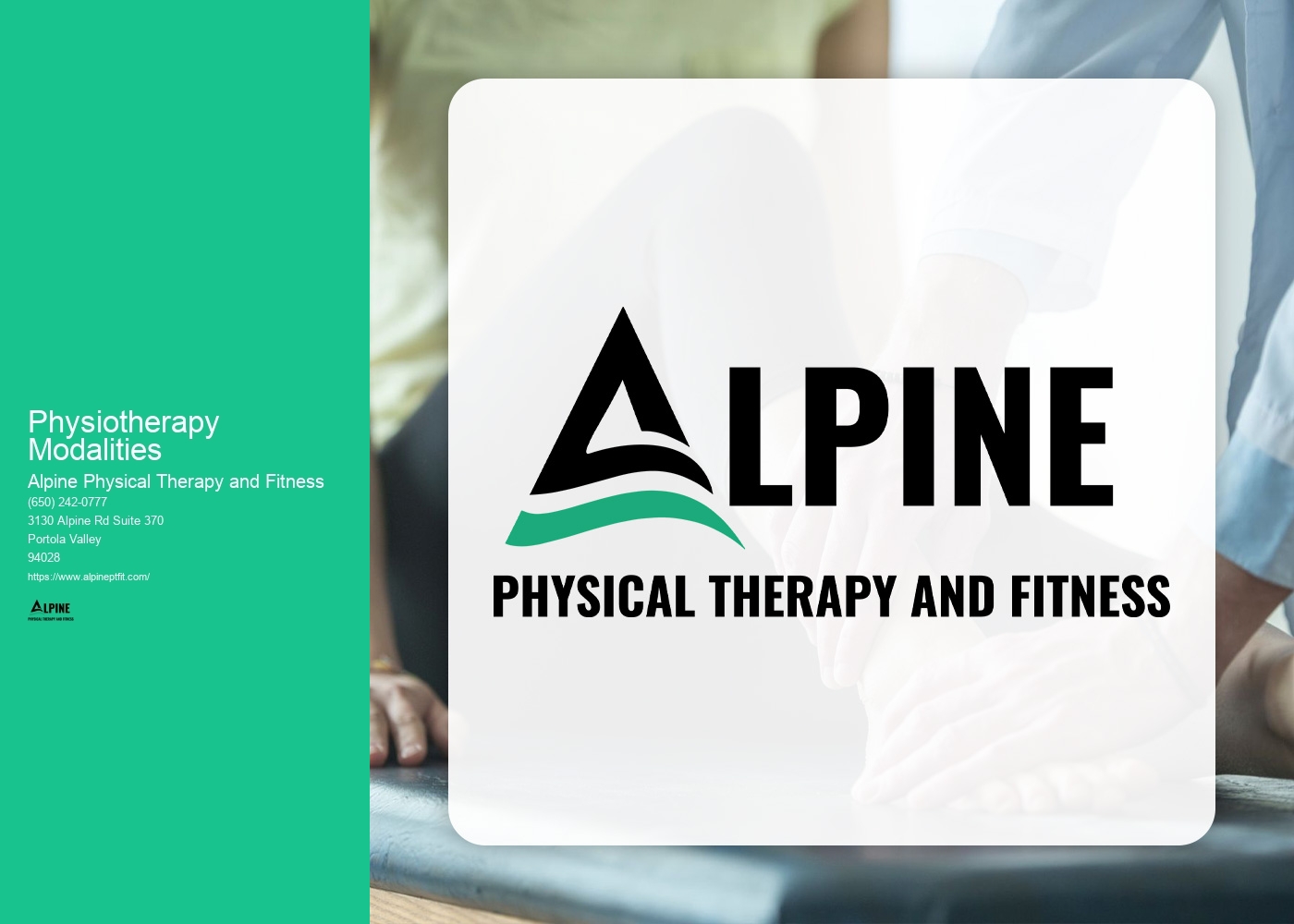

There are several types of physiotherapy modalities that are commonly used for pain management. These include ultrasound therapy, electrical stimulation, heat therapy, cold therapy, traction therapy, and laser therapy. Each modality has its own unique benefits and uses in treating pain and promoting healing.
Ultrasound therapy is a physiotherapy modality that uses high-frequency sound waves to treat pain and promote healing. The sound waves penetrate deep into the tissues, causing a vibration that helps to increase blood flow and reduce inflammation. This can help to relieve pain, improve range of motion, and promote tissue repair. Ultrasound therapy is often used for conditions such as muscle strains, tendonitis, and joint pain.
Electrical stimulation is another commonly used physiotherapy modality for pain management. It involves the use of electrical currents to stimulate the nerves and muscles. This can help to reduce pain, improve muscle strength and function, and promote healing. Electrical stimulation can be used for a variety of conditions, including chronic pain, muscle weakness, and nerve damage.

Heat therapy can be used as a standalone physiotherapy modality for pain management. It involves the application of heat to the affected area, which helps to increase blood flow, relax muscles, and reduce pain. Heat therapy can be applied through hot packs, warm water baths, or heating pads. It is often used for conditions such as muscle spasms, arthritis, and chronic pain.
Cold therapy, also known as cryotherapy, is another physiotherapy modality that can be used to manage pain. It involves the application of cold to the affected area, which helps to reduce inflammation, numb the area, and alleviate pain. Cold therapy can be applied through ice packs, cold compresses, or cold baths. It is often used for acute injuries, such as sprains, strains, and bruises.

Traction therapy is a physiotherapy modality that involves the use of mechanical force to stretch and decompress the spine or other joints. It can help to relieve pressure on the nerves, reduce pain, and improve mobility. Traction therapy is often used for conditions such as herniated discs, sciatica, and spinal stenosis. It can be applied through manual techniques or with the use of specialized equipment.
Laser therapy is a physiotherapy modality that uses low-level laser light to stimulate healing and reduce pain. The laser light penetrates the tissues and stimulates cellular activity, promoting tissue repair and reducing inflammation. Laser therapy can be used for a variety of conditions, including chronic pain, arthritis, and sports injuries. It is a non-invasive and painless treatment option that can be used in conjunction with other physiotherapy modalities.

Physical therapy plays a crucial role in managing hypertension by incorporating exercise and lifestyle modifications into the treatment plan. Physical therapists use a combination of aerobic exercises, resistance training, and flexibility exercises to help lower blood pressure levels. These exercises help improve cardiovascular fitness, reduce arterial stiffness, and enhance blood vessel function. Additionally, physical therapists educate patients on the importance of regular physical activity, healthy eating habits, stress management techniques, and smoking cessation to further control hypertension. By addressing these lifestyle factors, physical therapy can effectively contribute to the overall management of hypertension and improve the patient's quality of life.
Physical therapy plays a crucial role in addressing overuse injuries in runners by employing a comprehensive approach that focuses on reducing pain, promoting healing, and preventing future injuries. Physical therapists utilize a variety of techniques and modalities such as manual therapy, therapeutic exercises, stretching, and strengthening exercises to target the specific muscles and tissues affected by the overuse injury. They also provide education on proper running form, footwear selection, and training modifications to prevent further strain on the injured area. Additionally, physical therapists may incorporate other interventions like ultrasound, electrical stimulation, and heat or cold therapy to further enhance the healing process. By tailoring the treatment plan to the individual runner's needs and goals, physical therapy helps runners recover from overuse injuries and return to their sport safely and efficiently.
Physical therapy plays a crucial role in addressing toe-walking in children. Toe-walking refers to a gait pattern where a child walks on their toes instead of using their entire foot. Physical therapists use a variety of techniques and interventions to address this issue. They may focus on improving muscle strength and flexibility in the lower legs and feet through exercises and stretches. They may also work on improving balance and coordination to help the child transition to a more typical heel-to-toe walking pattern. Additionally, physical therapists may use orthotic devices, such as ankle-foot orthoses, to provide support and encourage proper foot alignment. By addressing the underlying factors contributing to toe-walking, physical therapy can help children develop a more functional and efficient walking pattern.
Physical therapy can be highly beneficial for older adults with osteoarthritis. By incorporating a range of exercises and techniques, physical therapists can help improve joint mobility, reduce pain, and increase overall function. Therapeutic exercises, such as range of motion exercises and strengthening exercises, can help improve joint flexibility and muscle strength, which can alleviate the symptoms of osteoarthritis. Additionally, manual therapy techniques, such as joint mobilization and soft tissue mobilization, can help reduce pain and improve joint function. Physical therapists may also provide education on proper body mechanics and posture, as well as recommend assistive devices, such as braces or canes, to help older adults with osteoarthritis maintain their independence and reduce the risk of falls. Overall, physical therapy plays a crucial role in managing osteoarthritis in older adults, helping them maintain an active and fulfilling lifestyle.
Physical therapy can be a valuable treatment option for individuals with pulmonary fibrosis. Pulmonary fibrosis is a progressive lung disease characterized by the scarring of lung tissue, which can lead to difficulty breathing and reduced lung function. Physical therapy interventions, such as breathing exercises, chest physiotherapy, and aerobic conditioning, can help improve lung function, increase exercise tolerance, and enhance overall quality of life for individuals with pulmonary fibrosis. These interventions aim to optimize respiratory mechanics, promote effective coughing and secretion clearance, and enhance cardiovascular fitness. Additionally, physical therapists can provide education and support to individuals with pulmonary fibrosis, helping them manage their symptoms and adapt to their condition. Overall, physical therapy can play a crucial role in the comprehensive management of pulmonary fibrosis, improving functional capacity and enhancing the overall well-being of individuals affected by this condition.
Physical therapists utilize the Mulligan Concept as a technique for joint mobilization in their practice. This approach involves the application of sustained manual pressure and movement to specific joints in order to improve their range of motion and reduce pain. The Mulligan Concept focuses on the concept of mobilization with movement, where the therapist applies a specific force while the patient actively performs a specific movement. This technique allows for the restoration of normal joint mechanics and function, promoting healing and improving overall physical well-being. Physical therapists who employ the Mulligan Concept are trained to assess and treat various musculoskeletal conditions, using their expertise to provide targeted and effective joint mobilization interventions.